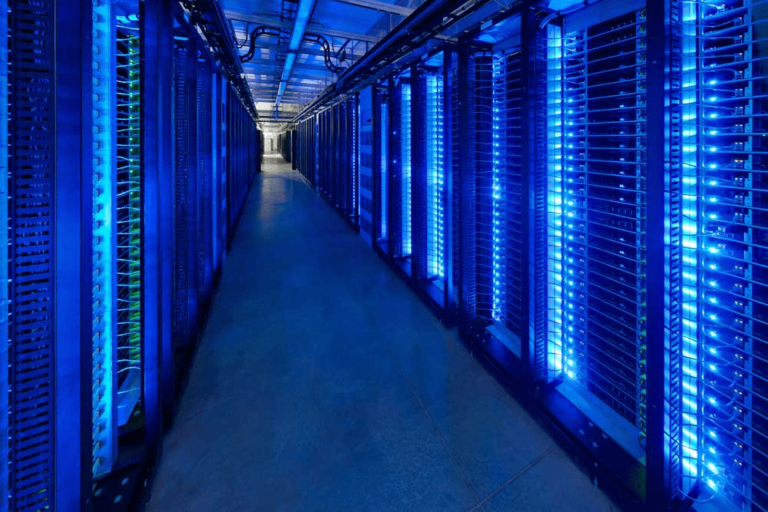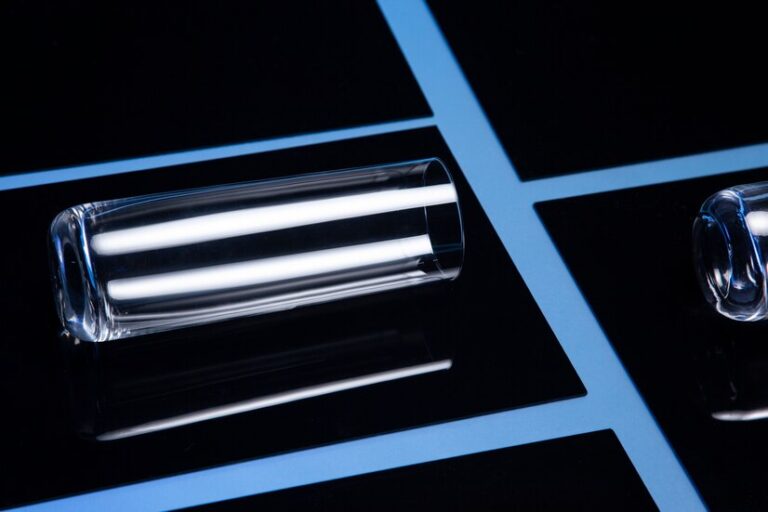Electronic Components: Exploring the Foundations of Modern Technology
Electronic gadgets are the basis of modern technology. These gadgets have small parts inside called electronic components. These small parts help the gadgets work properly. Some common electronic parts are resistors and microprocessors. Resistors control the flow of electricity. Microprocessors are like tiny computers that help run the gadgets. Learning about these parts is key to making new technology. It also helps fix broken gadgets. Different components do different jobs in electronic circuits. As we make better technology, these parts will get even more crucial. We rely on them for our daily routines.
What Are Electronic Components
Electronic components are basic units that combine together to make complex electronic circuits. Some parts are active and others are passive. Active components like transistors and integrated circuits need outside energy to work. Passive components like resistors and capacitors don’t need outside energy. Instead, passive parts just respond to electrical signals.
How Electronic Components Work Together
Electronic parts work together in circuits to do different tasks—for example, a simple amplifier circuit. The transistor makes a weak mic signal into a stronger signal, and then a stronger signal moves to a speaker to make a sound. But in complex circuits, many parts team up to adjust signals in complicated ways.
Importance of Electronic Components
Electronic components are important for the functioning of modern technology. They enable devices to process information, communicate and perform various tasks efficiently. Without these components the electronics industry as we know it would not exist.
Choosing the Right Electronic Component
When choosing the right electronic component supplier it’s essential to consider factors such as reliability, product quality pricing and customer service. A reputable Electronic Components Distributor has a wide range of components, offers fair pricing, provides excellent customer support, and ensures reliable sourcing of high-quality products and responsive support essential factors for successful component integration.
Types of Electronic Components
- Resistors: Resistors are parts which limit electrical flow. They help control current amounts in circuits.
- Capacitors: Capacitors can hold electrical energy, then release it later on; these get used for timing devices, and removing noise from signals.
- Inductors: Inductors also store energy, but do so via magnetic fields when current passes through them – often found in power supplies and radio gear.
- Diodes: Diodes simply let electricity flow one way. Common uses are in things that convert AC to DC or control voltage.
- Transistors: Transistors amplify or switch electrical signals. They’re everywhere in modern electronics – computers, TVs, phones, you name it.
- Integrated circuits (ICs): ICs are chips with tons of tiny components crammed in. An IC might have millions of transistors and other parts.
Active Components
Active components are those that can control the passing of electricity. Examples include transistors and integrated circuits (ICs). These components require an external power source to function.
Passive Components
Passive components work without an external power supply. Examples are resistors, capacitors, and inductors. Some components need power. But passive ones don’t. They work on their own. Resistors restrict current flow. Capacitors store electric charge temporarily. Inductors oppose changing current. Simple parts, no power needed.
Future Trends in Electronic Components
Electronic components will continue to improve in the future. Scientists are always looking for new things to make them work better. The parts inside gadgets are always changing. Scientists try to find new things so they can do things better. They want parts that are faster and use less energy. Graphene and carbon nanotubes are new materials they can use. They want to put components in things that we use every day. These changes can make the gadgets better.
Conclusion
In conclusion, electronic components are essential to modern technology’s activating functionality. Electronic components are very important for the gadgets we use every day. They helps the devices work correctly. From small resistors to powerful microchips, each piece plays a significant role. They control the flow of electricity in electronic circuits. Knowing these parts is key for creating and fixing electronic systems. As technology keeps improving, electronic parts will keep growing in importance. Their problems will also become more vital.
FAQs
What are electronic components?
They are the building blocks used in electrical circuits. Things like resistors, capacitors, diodes, transistors, and integrated circuits that control electrical signals.
What is the difference between active and passive components?
Active ones need outside power to work and can amplify or switch signals. But passive ones don’t require external energy. Instead, they just store or regulate the flow of electricity.
Why are electronic components important?
Electronics advancing depends on them. They let us make devices that are smaller, faster, more efficient for all kinds of industries.
What could upcoming shifts in electronic components involve?
Forthcoming developments include leveraging nanotechnology, pliable electronics, and components able to biodegrade – elements which may transform the electronics domain profoundly.
How do individual electronic elements collaborate within circuits?
In circuitry, electronic constituents join forces to enable varied functionalities like current regulation, energy storage, signal boosting – lending capability toward electronic device operation.







